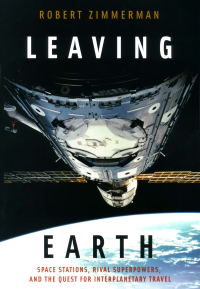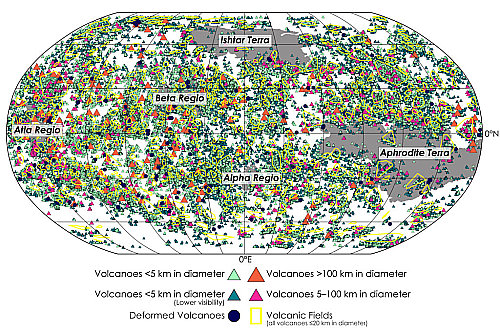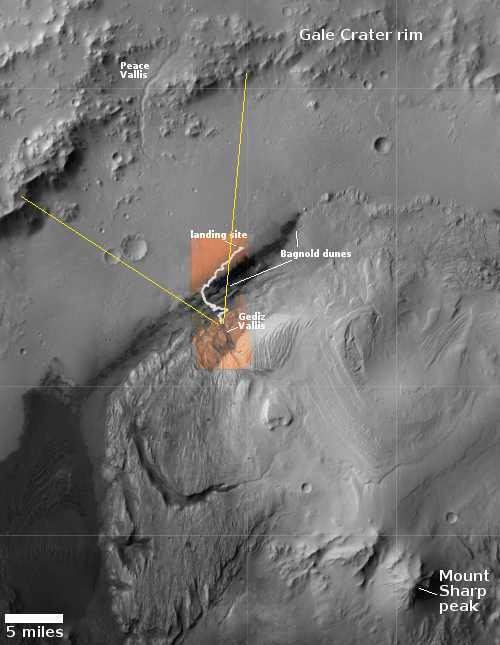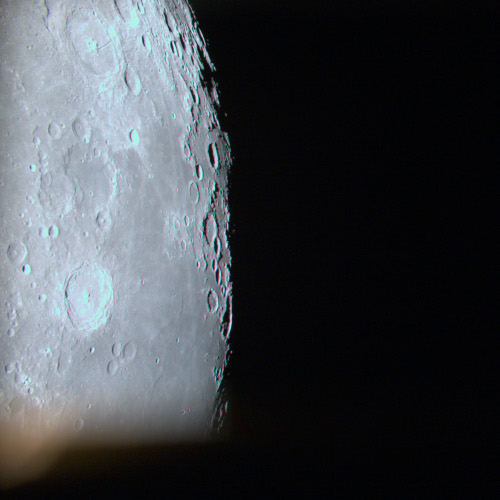Update on MOXIE’s two years on Mars, producing oxygen
Link here. MOXIE is a technology test instrument on the rover Perseverance that has proven it will be possible to practically produce sufficient oxygen from the Martian atmosphere to sustain a human colony.
The link provides a nice summary of everything the engineering team has accomplished since Perseverance landed in testing this technology. As I wrote in my December post about MOXIE’s achievements:
Based on these tests, MOXIE has unequivocally proven that future human explorers will not need to bring much oxygen with them, and will in fact have essentially an unlimited supply, on hand from the red planet itself. More important, MOXIE has also proven that the technology to obtain this oxygen already exists.
All we need to do is plant enough MOXIE trees on Mars.
Link here. MOXIE is a technology test instrument on the rover Perseverance that has proven it will be possible to practically produce sufficient oxygen from the Martian atmosphere to sustain a human colony.
The link provides a nice summary of everything the engineering team has accomplished since Perseverance landed in testing this technology. As I wrote in my December post about MOXIE’s achievements:
Based on these tests, MOXIE has unequivocally proven that future human explorers will not need to bring much oxygen with them, and will in fact have essentially an unlimited supply, on hand from the red planet itself. More important, MOXIE has also proven that the technology to obtain this oxygen already exists.
All we need to do is plant enough MOXIE trees on Mars.















